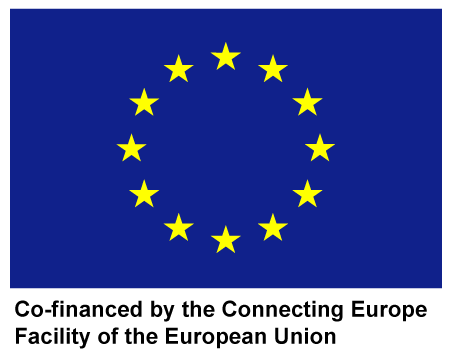
Cooperative Urban
Mobility Portal
Explore Connected and Cooperative Mobility

Cooperative
Urban Mobility Portal
Explore Connected and Cooperative Mobility
Barcelona
Bilbao
Bordeaux
Copenhagen
Newcastle
North Brabant
Thessaloniki
Vigo
City settings and mobility challenges
Copenhagen, the capital of Denmark, is the largest city in Denmark with a population of more than 1 million residents in the Greater Copenhagen Area. One key characteristic of the City of Copenhagen is the large share of cyclists compared to other modes of transport. More than 60% of residents in the City of Copenhagen commute by bike, while more than 40% of all commuting trips (including commuting by non-residents) are done by bike.
The main mobility challenges therefore also relate to the modal split, such as increasing cycling, relieving congestion both for cars and on the bike lanes, increasing efficiency of goods delivery and improved traffic and road information to all users regardless of mode.
The City of Copenhagen has engaged in various ITS and C-ITS projects, but for the first time the main contribution of Copenhagen is an emphasis on creating C-ITS services for cyclists. In this way we strive to generate awareness on international and market level of the potential of cycling as the mode of transport of the future already here.
C-ITS services
The C-ITS services implemented in the City of Copenhagen are focused on traffic safety, convenience and efficiency. Cyclists and drivers are provided with information improving their decision-making ability without distracting them from the traffic situation and their surroundings.
The services Green Light Optimal Speed Advisory (GLOSA), Road Works Warning, Road Hazard Warning and Green Priority are implemented on a large scale, covering the entire city of Copenhagen or as much as technology allows.
The Warning Systems for Pedestrians service is implemented in limited scale as a proof of concept.
All services operations – except Green Priority – are currently supported by cellular communication technologies (3G or 4G), while Green Priority and GLOSA are also supported by direct ITS-G5 communication technology.
C-ITS infrastructure
The necessary data for C-ITS services operation in Copenhagen rely on fusion of multisource data collected from the road network. Equipment installations include 140 Traffic Light Controllers, around 40 road temperature sensors, and 49 Roadside Units (RSU) for ITS-G5 communication.
C-ITS App
The app providing cellular communication-based C-ITS services to end-users is developed by Technolution, and is one single free app giving access to all the cellular C-ITS services implemented in the road network of Copenhagen. The app combines a user-friendly interface and intelligence features, in order to improve driving comfort. Moreover, the app provides interoperability as users can experience common C-ITS services in other cities where these services are applicable. The GreenCatch app is available in Google Play Store.
End-users engagement
The end-users of C-ITS services in Copenhagen comprise of cyclists, drivers and professional drivers. The cyclists and drivers will be the general public and road users in Copenhagen. While the professional drivers are the staff of the Technical and Environmental Administration of the City of Copenhagen.
Local partnerships
Local partners engaged include the Cyclists Association and the Truck Drivers Association, and naturally the individual road users and users of the App.
Barcelona
Bilbao
Bordeaux
Copenhagen
Newcastle
North Brabant
Thessaloniki
Vigo



This website has received funding from the European Union’s Horizon 2020 Research and Innovation Programme
under Grant Agreement number 723311.

